In the world of web development, Next.js has emerged as a game-changer, revolutionizing how developers build and deploy React applications. This powerful framework, built on top of React, offers a suite of features that simplify the process of creating fast, SEO-friendly, and scalable web applications. From its intuitive file-based routing system to its built-in server-side rendering capabilities, Next.js provides developers with the tools they need to create high-performance websites that meet modern web standards.

This comprehensive guide dives deep into the world of Next.js, covering everything from the basics of getting started to advanced features and full-stack application development. Readers will learn about core concepts like routing, server-side rendering, and API routes, as well as explore cutting-edge features such as dynamic HTML streaming and image optimization. Whether you’re a seasoned developer looking to enhance your skillset or a newcomer eager to learn about this innovative framework, this article will provide you with the knowledge you need to harness the full potential of Next.js and create exceptional web experiences.
What is Next.js?
Next.js is a powerful open-source React framework designed to simplify the process of building modern web applications. It builds on top of React, providing developers with a suite of tools and features that enhance the development experience and improve application performance. Next.js is particularly well-suited for creating production-ready websites that are fast, SEO-friendly, and scalable.

Key Features
Next.js offers a range of features that set it apart from traditional React applications:
- Server-Side Rendering (SSR): This feature allows Next.js to render React components on the server before sending them to the client. This approach improves performance and SEO by reducing the initial load time and making content more accessible to search engines.
- Static Site Generation (SSG): Next.js can generate static HTML files at build time, which can be served to clients without the need for server processing. This is particularly useful for content-heavy websites or pages that don’t require frequent updates.
- Automatic Code Splitting: The framework automatically splits JavaScript code into smaller, more manageable bundles. This optimization ensures that only the necessary code is loaded for each page, resulting in faster load times and improved performance.
- File-based Routing: Next.js implements a straightforward file-based routing system. Developers can create routes by simply adding React components to the pages directory, eliminating the need for complex routing configurations.
- API Routes: The framework allows developers to create API endpoints as serverless functions, enabling easy integration of backend functionality without the need for a separate server.
- Built-in CSS and Sass Support: Next.js provides native support for styling applications using CSS or Sass, making it simple to integrate with popular styling solutions.
- Image Optimization: The framework includes a built-in Image component that automatically handles image optimization, including resizing, formatting, and lazy loading.
Advantages over React

While React is an excellent library for building user interfaces, Next.js offers several advantages that make it a compelling choice for many developers:
- Improved Performance: Next.js’s server-side rendering and static site generation capabilities result in faster initial page loads and improved overall performance compared to client-side rendered React applications.
- Enhanced SEO: The server-side rendering feature of Next.js makes it easier for search engines to crawl and index content, leading to better search engine rankings.
- Simplified Development: Next.js provides a more structured framework with built-in features like routing and API routes, reducing the need for additional configuration and allowing developers to focus on building core functionality.
- Automatic Optimization: Features like code splitting and image optimization are handled automatically by Next.js, saving developers time and effort in implementing these optimizations manually.
- Flexibility: Next.js supports both static and dynamic content, allowing developers to choose the best rendering method for each page or component in their application.
- Strong Community and Ecosystem: Next.js has gained significant popularity among developers and is used by many large companies, resulting in a robust ecosystem of plugins, tools, and resources.
By leveraging these features and advantages, Next.js enables developers to create high-performance, SEO-friendly web applications with less complexity and greater efficiency than traditional React setups.
Getting Started with Next.js
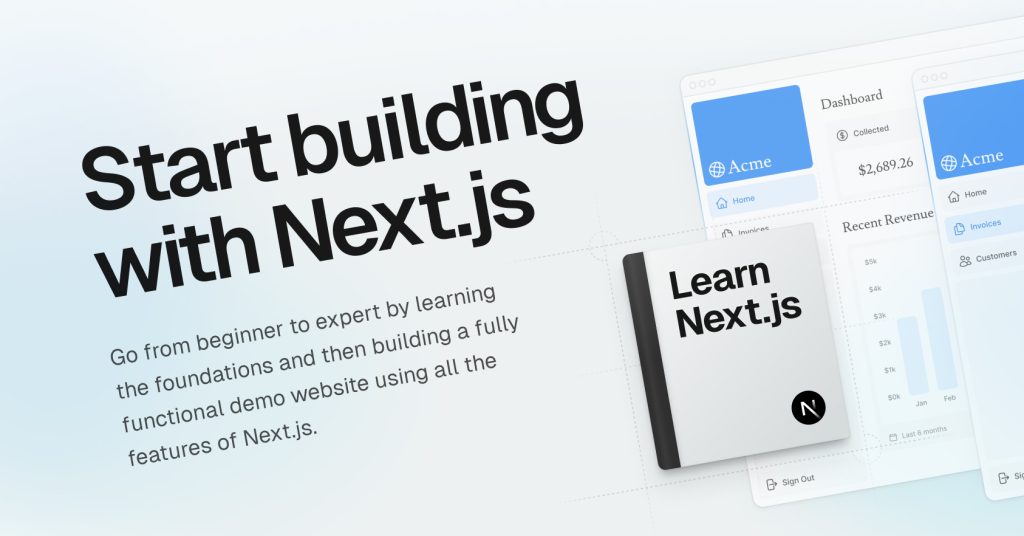
To begin your journey with Next.js, you’ll need to set up your development environment and create your first project. This process is straightforward and can be accomplished in a few simple steps.
Installation
Before diving into Next.js, ensure that you have Node.js version 18.17 or later installed on your system. Next.js supports various operating systems, including macOS, Windows (including WSL), and Linux. To create a new Next.js application, you have two options: automatic installation or manual setup.
For automatic installation, which is the recommended method, use the following command in your terminal:
npx create-next-app@latest
This command will guide you through a series of prompts to customize your project setup. You’ll be asked about your project name, whether you want to use TypeScript, ESLint, Tailwind CSS, and more. These options allow you to tailor your Next.js environment to your specific needs.
Project Setup
After running the installation command, create-next-app will generate a folder with your project name and install all the necessary dependencies. This process sets up a basic Next.js project structure, including essential files and directories.
For those who prefer a manual setup, you can install the required packages using npm:
npm install next@latest react@latest react-dom@latest
Once installed, open your package.json file and add the following scripts:
{
"scripts": {
"dev": "next dev",
"build": "next build",
"start": "next start",
"lint": "next lint"
}
}
These scripts correspond to different stages of developing a Next.js application, from development to production deployment.
Basic Configuration
Next.js uses a file-system based routing approach. This means that the structure of your project’s directories and files determines the routes of your application. To create your first page, follow these steps:
- Create an
appdirectory in your project root. - Inside the
appdirectory, create apage.jsfile. This will serve as the main page of your application. - In
page.js, export a default function that returns your desired content.
For example:
export default function HomePage() {
return <h1>Welcome to Next.js!</h1>;
}
Next.js also requires a root layout. Create a layout.js file in the app directory with the following content:
export default function RootLayout({ children }) {
return (
<html lang="en">
<body>{children}</body>
</html>
);
}
This layout wraps all pages in your application, providing a consistent structure.
To start your development server, run:
npm run dev
This command launches your Next.js application in development mode, allowing you to see changes in real-time as you develop.
By following these steps, you’ll have a basic Next.js project up and running, ready for you to start building your web application with features like server-side rendering, API routes, and optimized performance.
Core Concepts of Next.js
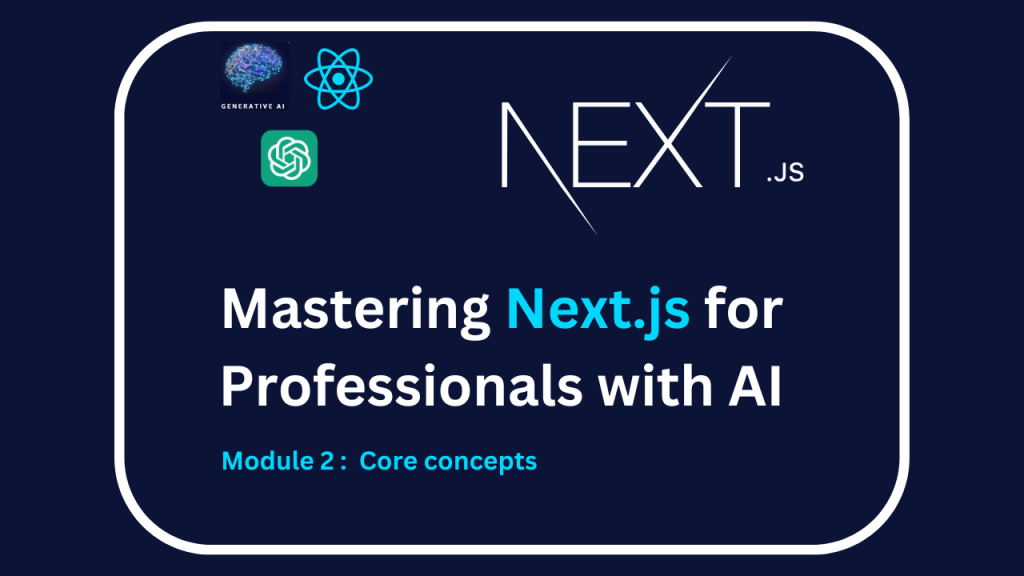
Pages and Routing
Next.js uses a file-system based router where folders are used to define routes. Each folder represents a route segment that maps to a URL segment. This intuitive approach simplifies the process of creating and managing routes in your application. For example, to create a nested route, you can simply nest folders inside each other.
A special page.js file is used to make route segments publicly accessible. This file-based routing system eliminates the need for complex routing configurations, making it easier for developers to organize and manage their application structure.
Next.js also supports dynamic routes, allowing you to create pages with parameterized file names. This feature is particularly useful for handling routes with dynamic segments, such as user profiles or blog posts. For instance, you can create a file named [id].js in the pages directory to handle dynamic routes like /posts/1 or /posts/2.
The built-in Link component in Next.js enables fast client-side navigation with prefetching capabilities. This optimization improves the performance and user experience of your application by loading the linked page in the background, making navigation feel instantaneous.
Pre-rendering
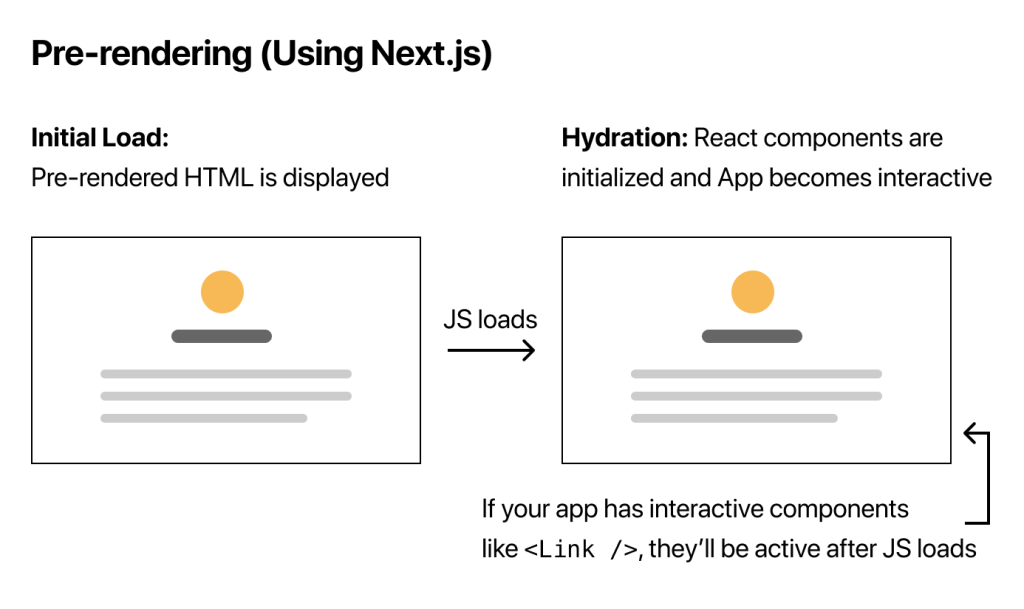
Next.js offers two main forms of pre-rendering: Static Site Generation (SSG) and Server-Side Rendering (SSR). These pre-rendering methods contribute to improved performance and better search engine optimization (SEO).
Static Site Generation generates HTML at build time. For pages that don’t require external data, Next.js pre-renders the content by default. If a page needs data from an external API, Next.js fetches and downloads the data in advance as part of the static generation process. This approach is suitable for pages with static content, such as about pages or contact pages.
Server-Side Rendering, on the other hand, generates HTML for each request. This method is appropriate for pages with dynamic content that changes frequently, such as news feeds or real-time data displays. While SSR may be slower than SSG due to the lack of content caching, it ensures that users always see the most up-to-date information.
Next.js also supports Incremental Static Regeneration (ISR), which combines the benefits of static generation with the flexibility of dynamic content. With ISR, HTML is generated at regular intervals, allowing you to create or update static pages after the initial build. This approach is ideal for pages with dynamic content that doesn’t change very frequently, such as product pages on an e-commerce website.
Data Fetching
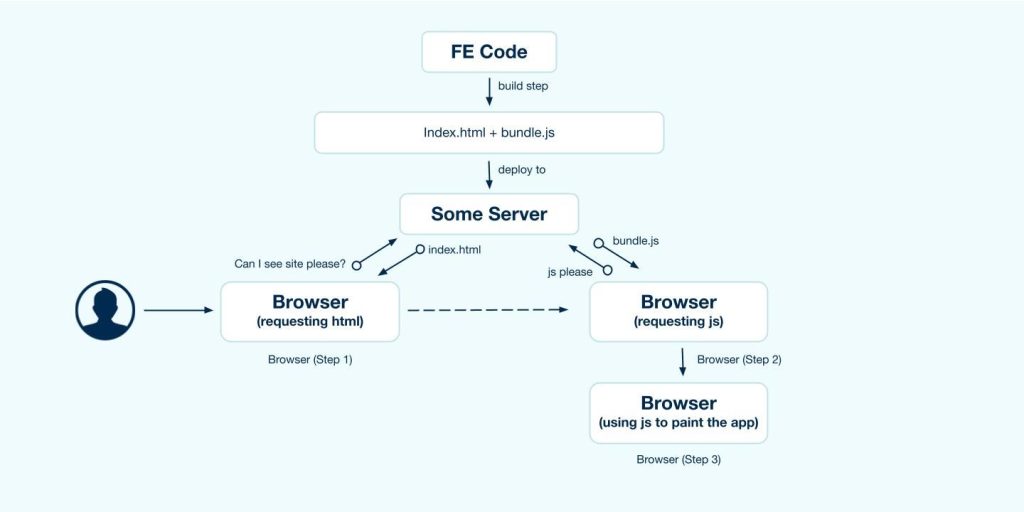
Next.js provides various methods for data fetching, catering to different rendering strategies and use cases. The framework extends the native fetch Web API, allowing developers to configure caching and revalidating behavior for each fetch request on the server.
For Static Site Generation, you can use the getStaticProps function to fetch data at build time. This function runs during the build process and provides props to your page component. If you need to generate dynamic routes, you can use getStaticPaths in conjunction with getStaticProps.
Server-Side Rendering utilizes the getServerSideProps function, which runs on every request. This method is suitable for fetching data that changes frequently or requires access to request-time information like cookies or query parameters.
Next.js also offers a powerful feature called API Routes, which allows you to create API endpoints as serverless functions. This enables easy integration of backend functionality without the need for a separate server, making it convenient to build full-stack applications within the Next.js framework.
By leveraging these core concepts of Next.js, developers can create high-performance, SEO-friendly web applications with efficient routing, optimized rendering, and flexible data fetching strategies. The framework’s intuitive design and powerful features make it an excellent choice for building modern web applications that prioritize both user experience and developer productivity.
Advanced Features

Next.js offers a range of advanced features that enhance the development experience and improve application performance. These features include API Routes, Image Optimization, and Internationalization.
API Routes
Next.js API Routes allow developers to combine backend code with their frontend code, eliminating the need for separate codebases. This feature simplifies the process of building RESTful or GraphQL APIs within the Next.js framework.
To create an API Route, developers can add a file to the pages/api directory. Any file in this folder is treated as an API endpoint. Each API route must export a default function that handles incoming requests. This function receives two parameters: req (an instance of http.IncomingMessage) and res (an instance of http.ServerResponse).
API Routes support different HTTP methods, such as GET, POST, PUT, and DELETE. Developers can handle these methods using a switch statement or if/else conditions within the handler function. This flexibility allows for the creation of comprehensive APIs that can perform various operations.
One of the key advantages of API Routes is their ability to access server-only functionalities and databases securely. This makes them ideal for server-side rendering (SSR) and handling sensitive operations without exposing critical information to the client-side.
Image Optimization

Next.js provides a powerful Image component that extends the capabilities of the native HTML <img> tag. This component offers automatic image optimization, significantly improving both user experience (UX) and developer experience (DX).
The Next.js Image component addresses several common issues associated with image loading:
- Responsive loading: Images are automatically adjusted based on the viewer’s device, ensuring optimal display across different screen sizes.
- Modern formats: The component serves images in modern formats like WebP, which can reduce file sizes by 25-30% compared to JPEG.
- Compression: Images are compressed to strike a balance between quality and file size, resulting in faster load times without visual degradation.
- Lazy loading: Images are loaded only as they come into the viewport, reducing initial page load times and bandwidth usage.
- Layout stability: By specifying width and height props, the component reserves space for images before they load, preventing layout shifts and improving Core Web Vitals metrics.
To use the Image component, developers can import it from ‘next/image’ and specify properties such as src, width, height, and layout. This approach simplifies the process of optimizing images and ensures consistent performance across an application.
Internationalization
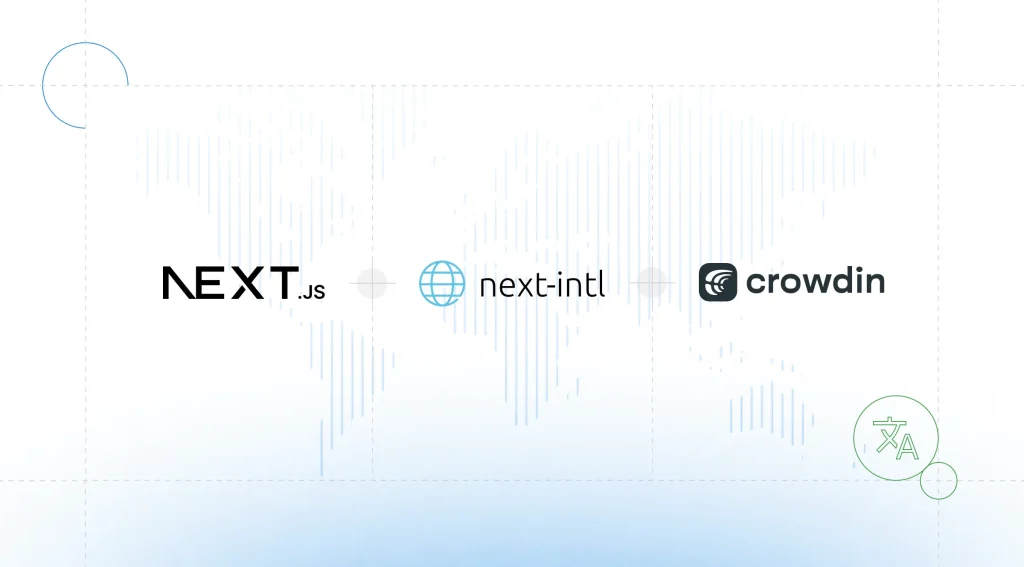
Next.js offers built-in support for internationalized (i18n) routing since version 10.0.0. This feature allows developers to create multilingual websites with ease, improving accessibility for global audiences.
To implement internationalization in a Next.js application, developers can add an i18n configuration to their next.config.js file. This configuration specifies supported locales, the default locale, and domain-specific locales if needed.
Next.js provides two main strategies for handling internationalized routing:
- Sub-path Routing: This approach adds the locale as a prefix to the URL path (e.g.,
/fr/aboutfor the French version of the about page). - Domain Routing: This method uses different domains for each locale (e.g.,
example.frfor the French version of the site).
When a user visits the application, Next.js automatically detects their preferred locale based on the Accept-Language header and the current domain. It then redirects the user to the appropriate localized version of the site.
Developers can access locale information through the Next.js router, allowing for dynamic content rendering based on the active locale. The framework also supports transitioning between locales using the next/link component or the next/router module.
By leveraging these advanced features, developers can create sophisticated, high-performance applications with Next.js. API Routes enable full-stack development within a single framework, the Image component ensures optimal image loading and display, and internationalization support facilitates the creation of multilingual websites with minimal configuration.
Building Full-Stack Applications with Next.js
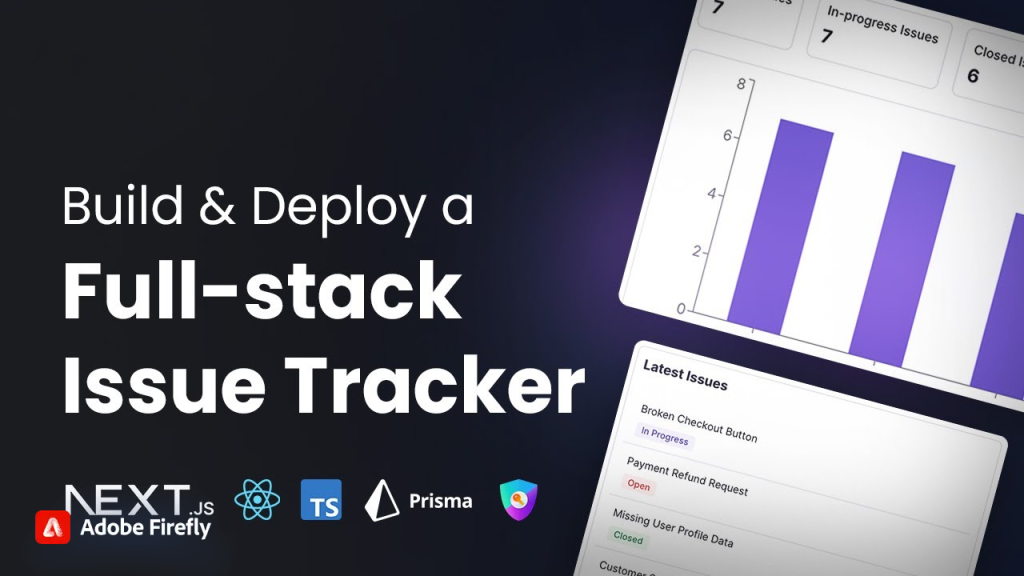
Next.js has become a powerful tool for creating full-stack applications, offering developers a comprehensive framework that simplifies the process of building robust web solutions. With its versatile features and optimized performance, Next.js enables developers to create applications that seamlessly integrate frontend and backend functionalities.
Server-Side Rendering
One of the key features that makes Next.js ideal for full-stack development is its server-side rendering (SSR) capabilities. SSR allows the server to generate HTML content in response to a user’s request, providing significant advantages for SEO and initial page load times. This approach contrasts with client-side rendering, where content is delivered as a basic HTML shell, and JavaScript fetches and displays data in the browser.
Next.js automatically implements server-side rendering by default, requiring no additional configuration. This feature ensures that search engines can easily crawl and index the content, leading to improved SEO performance. Additionally, SSR enhances the perceived performance and user experience by sending a fully rendered page to the browser, resulting in faster initial load times.
To implement SSR in Next.js, developers can use the getServerSideProps function. This function runs on every request, allowing data to be fetched at request time. For example:
export async function getServerSideProps() {
const res = await fetch('https://api.example.com/data')
const data = await res.json()
return { props: { data } }
}
Static Site Generation
Next.js also supports Static Site Generation (SSG), which pre-renders pages at build time. This approach is particularly useful for content that doesn’t change frequently, such as blog posts or product pages. SSG offers excellent performance benefits as the pre-rendered pages can be cached and served efficiently from a Content Delivery Network (CDN).
To implement SSG in Next.js, developers can use the getStaticProps function. This function runs at build time and allows data to be fetched and passed to the page as props. For example:
export async function getStaticProps() {
const res = await fetch('https://api.example.com/posts')
const posts = await res.json()
return { props: { posts } }
}
Incremental Static Regeneration
Incremental Static Regeneration (ISR) is a powerful feature in Next.js that combines the benefits of static generation with the flexibility of dynamic content. ISR allows developers to update static content without rebuilding the entire site, reducing server load and improving build times for large applications.
To implement ISR, developers can add a revalidate property to the object returned by getStaticProps. This property specifies the number of seconds after which a page should be regenerated. For example:
export async function getStaticProps() {
const res = await fetch('https://api.example.com/posts')
const posts = await res.json()
return {
props: { posts },
revalidate: 60 // Regenerate the page every 60 seconds
}
}
ISR offers several benefits for full-stack applications:
- Better Performance: Static pages can be consistently fast as ISR allows caching of generated pages in every region on a global Edge Network.
- Reduced Backend Load: ISR helps reduce backend load by using cached content to make fewer requests to data sources.
- Faster Builds: Pages can be generated when requested by a visitor or through an API instead of during the build, speeding up build times as the application grows.
By leveraging these powerful features of Next.js, developers can create efficient, scalable, and SEO-friendly full-stack applications. The framework’s ability to handle both frontend and backend concerns within a single project streamlines the development process and enables the creation of high-performance web solutions.
Conclusion
Next.js has a significant influence on the web development landscape, offering a robust framework that simplifies the creation of high-performance React applications. Its built-in features like server-side rendering, static site generation, and API routes enable developers to build full-stack applications with ease. The framework’s intuitive file-based routing system and automatic code splitting contribute to a smoother development experience, allowing developers to focus on crafting exceptional user interfaces.
To wrap up, Next.js continues to evolve, providing cutting-edge features such as image optimization and internationalization support. These advancements empower developers to create websites that are not only fast and SEO-friendly but also accessible to a global audience. As Next.js keeps pushing the boundaries of what’s possible in web development, it remains a go-to choice for developers looking to build modern, scalable, and high-performing web applications.
FAQs
What are the initial steps to begin a Next.js project?
To start a Next.js project, you should first install Next.js. Begin by creating a new project directory and initializing a new npm project. Next, install React and ReactDOM as they are essential dependencies. Then, create a ‘pages’ folder in your project directory. After setting up the folder structure, add the necessary scripts to your package.json file. Finally, launch the development server to start working on your project.
Can you explain how Next.js operates?
Next.js functions by generating static HTML pages during the build phase. It uses React components and specific data fetching methods defined within your application to create these pages. Once generated, these static pages are hosted on a content delivery network (CDN), which allows for quick and efficient delivery of content to users.



